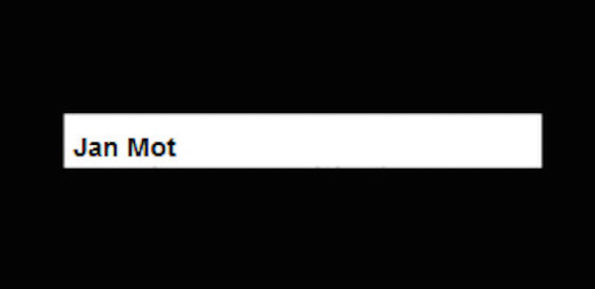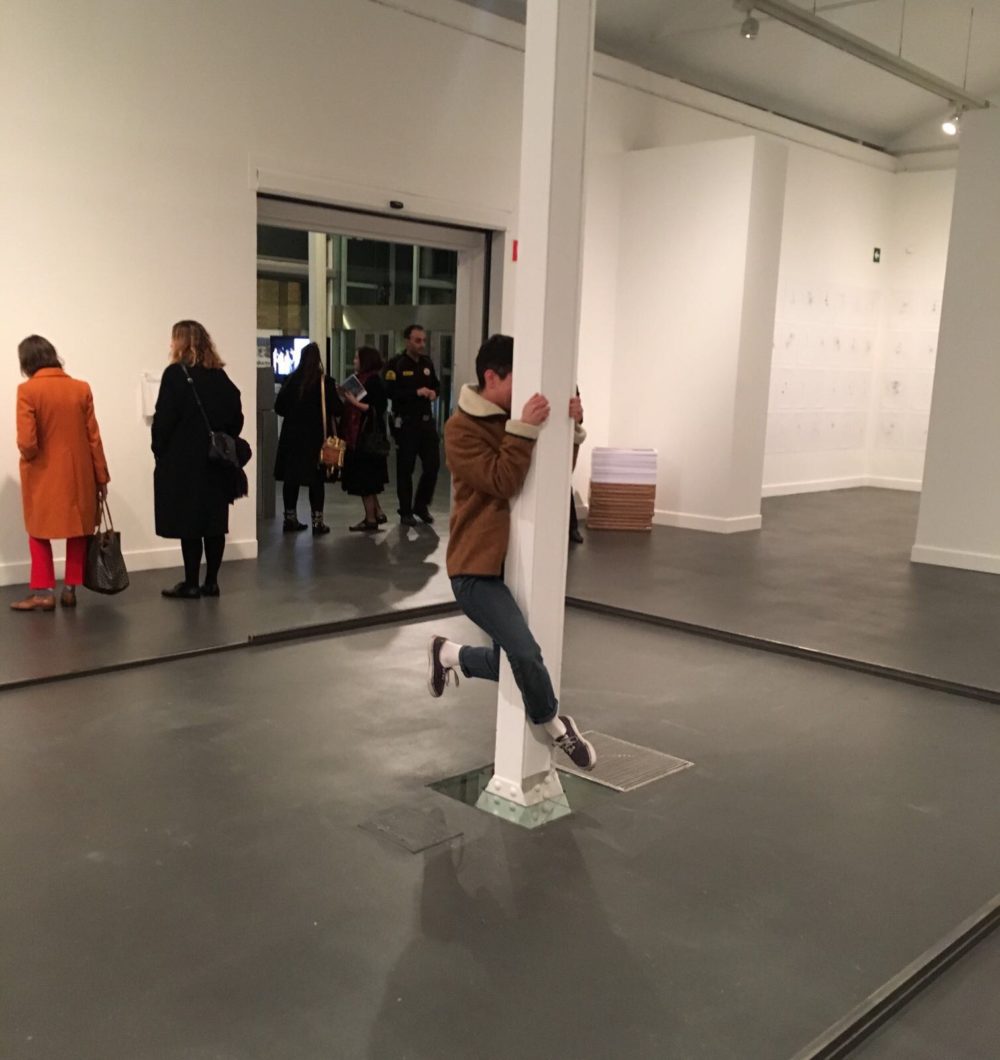Search
To search for an exact match, type the word or phrase you want in quotation marks.
A*DESK has been offering since 2002 contents about criticism and contemporary art. A*DESK has become consolidated thanks to all those who have believed in the project, all those who have followed us, debating, participating and collaborating. Many people have collaborated with A*DESK, and continue to do so. Their efforts, knowledge and belief in the project are what make it grow internationally. At A*DESK we have also generated work for over one hundred professionals in culture, from small collaborations with reviews and classes, to more prolonged and intense collaborations.
At A*DESK we believe in the need for free and universal access to culture and knowledge. We want to carry on being independent, remaining open to more ideas and opinions. If you believe in A*DESK, we need your backing to be able to continue. You can now participate in the project by supporting it. You can choose how much you want to contribute to the project.
You can decide how much you want to bring to the project.

Two people decide to travel for the first time together. This phrase announces simultaneously something that is about to take place and something that has happened and could (re)present an everyday situation where the body practices a sort of automatic choreography. In the experience of a shared journey the situation of a constant link arises. Two people travel through a different territory from their usual one and do so without separating from each other. Two people who are two bodies act in synchrony and build in this displacement an autonomous space through a constant and instinctive dialogue. Two bodies acting each in relation to the other, and together in relation to a variable exterior. A process of continuous redefinition in which both the body and the word produce a structure of memory and anticipation, responding to what has been said and what has yet to be said in reply.
However abstract they may be, abstractions don’t ever stem from nothing. The one of the previous paragraph derives from a very specific situation. A journey to Brussels with the aim (or excuse) of seeing the exhibition(?) of Tino Sehgal in the Jan Mot gallery. One of the most audacious gallery owners of contemporary art, capable not just of rousing himself to sell works of art that are situations through an oral contract that seconds the prohibition of any attempt to document the production of Sehgal, but also of being able to introduce in his curriculum the exclusive particularity of having been converted literally into a work of art with This is critique, also by Tino Shegal. Here the title, which begins with the characteristic “this is” of other pieces by the artist, manifests a conscious predisposition towards tautology. But towards a tautology that doesn’t function to deprive the work of meaning, so much as a strategy to not define something that has yet to occur. Something that is nothing but which wants to be and could be something.
Returning to the abstraction of the beginning, this appears after the experience of Yet Untitled at Jan Mot within the context of a displacement shared by two people who have decided to grant sufficient importance to Tino Sehgal (and his art) to take a flight and swap cities for a few days. It’s what happens when an artist is so celebrated that a sceptical impulse emerges in resistance to all the laudatory criticism that accompanies his career. It is also a predisposition on the part of the spectator to seek out errors or fissures that confirm the prior scepticism. The superiority complex of being able to see something which others haven’t seen. However, a second experience of Yet Untitled ––less superficial than the first, two years before in the Venice Biennale– reaffirms the general opinion about an artist who considers it unnecessary to produce more objects in a system already saturated with them. Or who seems to get closer than anyone to one of the grand leitmotifs of contemporary art: the dematerialisation of the artwork. A declaration of intent that has ended up becoming one of the grand entelechies of art, at the same level as its supposed autonomy with regard to the world that contains it. Nothing is less immaterial than the human body, be it through its explicit presence or its tangential appearance in the production of ideas.
Bearing in mind the work of Tino Sehgal is based on three fundamental coordinates oriented towards the genesis of an experience: actions, movement and speech, one could recriminate–in accord with the postulates of conceptual art and its feeble resistance of the art market- that the experiences he defends–and sells- are in complete harmony with an economic system and ideology of today’s capitalism. Once again, to think all those artists who question the production of objects are promoting a general critique of the economic system is erroneous. Tino Sehgal neither criticises the market nor censures commodity. He simply proposes an economy of art where what is sold is a potential situation with exponential symbolic capital rather than an object in situ. If there exists a radical gesture in his modus operandi, it lies in the transformation of the substance of the work of art into pieces that don’t permit documentary appendices. Not even a purchase-sale contract signed before a notary.
As a situation,Yet Untitled appears similar to one of the works of Tino Sehgal –according to what others who were there have related– where the participation of the public is not so obvious. None of the three performers who are in the space approach the spectator with questions, some form of confession or any gesture that would confirm the presence of third parties as being indispensible for the development of the piece. It is not a given that people who find themselves within the same space end up encountering each other. A cross between an inanimate object, an automata and a human being, the three dancers who inhabit the centre of the space produce music thanks to a combination of amateur beat box and short phrases extracted from pop songs. They don’t even do it at the same time. In Yet Untitled the couples take it in turns. While one couple sings, the second moves induced by the first. And the third waits to join in, inside or outside the space, when the time of the previous couple runs out. There is only a brief encounter between the three in the moment they swap over. The spectator, unless one is considerably audacious and breaks this ritualised situation, seems to be relegated to a position of external observer, to an indeterminate situation. What’s more Yet Untitled seems to disassociate from Sehgal’s tendency to incorporate the spectator within the piece. Until the spectator, if she is lucky enough to talk to one of the performers during their break, discovers that Yet Untitled only exists when there is someone inside the gallery. The visitor is the detonator of the piece, a considerably subtle form of participation that is linked to another: one based on prior rumours, and an oral history of art recounted by those who have experienced it. To this we could add that, no doubt without trying, the work of Sehgal demands a modality of ulterior participation: that of the art critic, a critic who becomes exceptionally indispensible and legitimates ekphrasis.

artwriter_curator_esnorquelmaker_chocolateresearcher_technodancer__bikeenthusiast_coffeeaddicted_
"A desk is a dangerous place from which to watch the world" (John Le Carré)